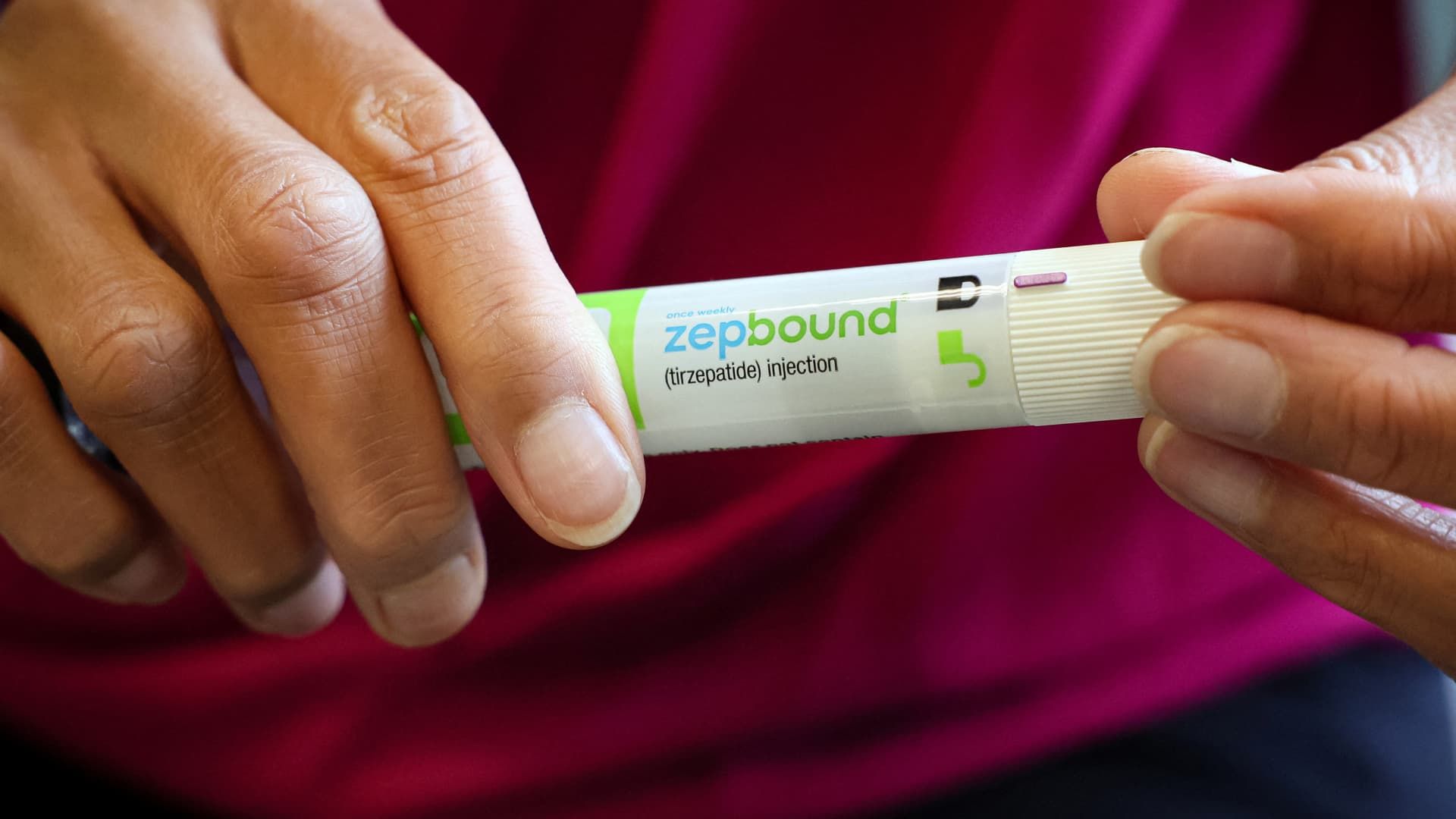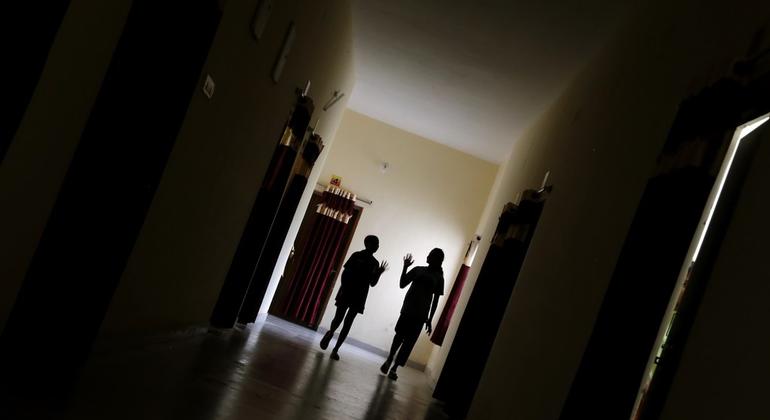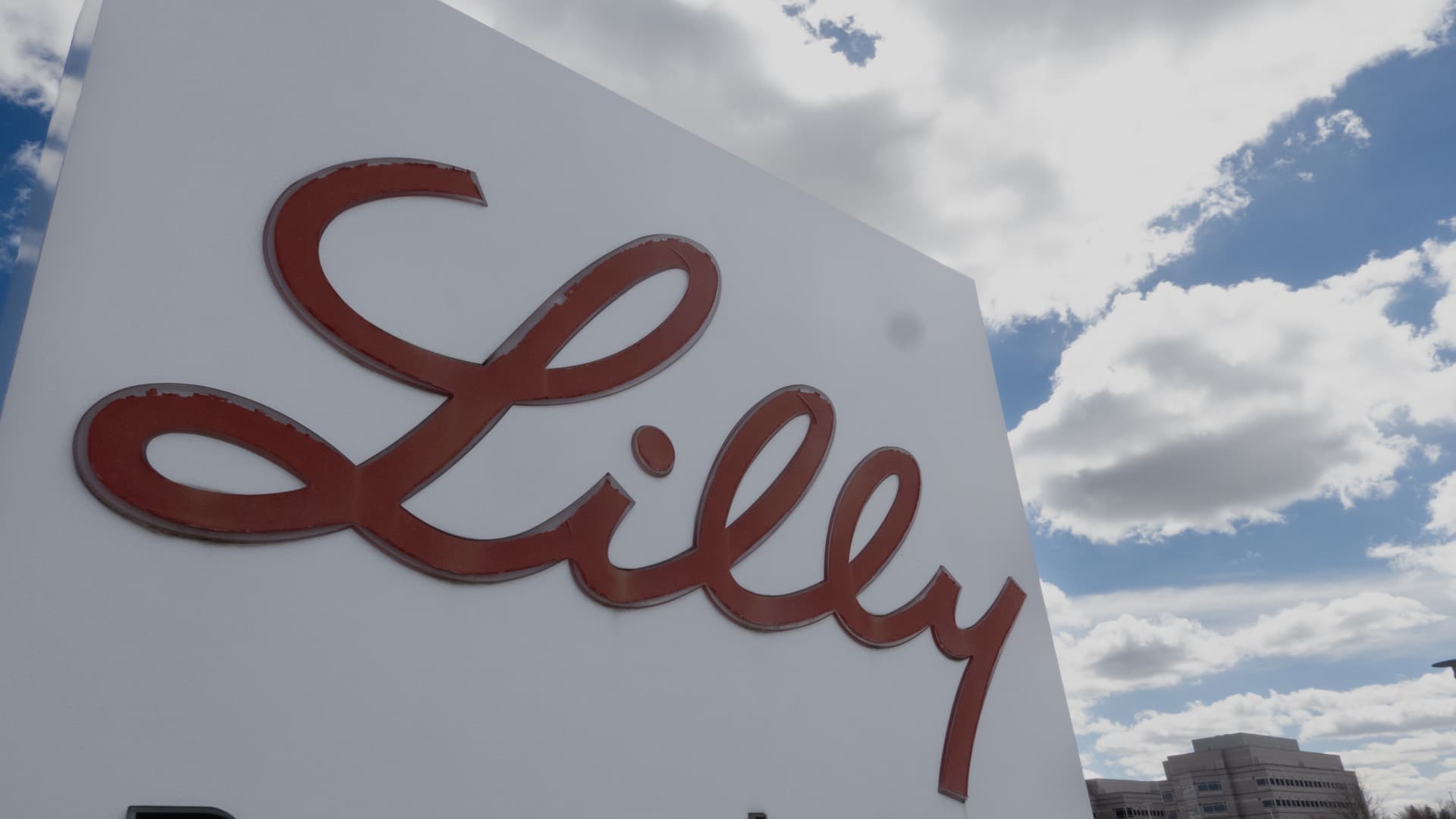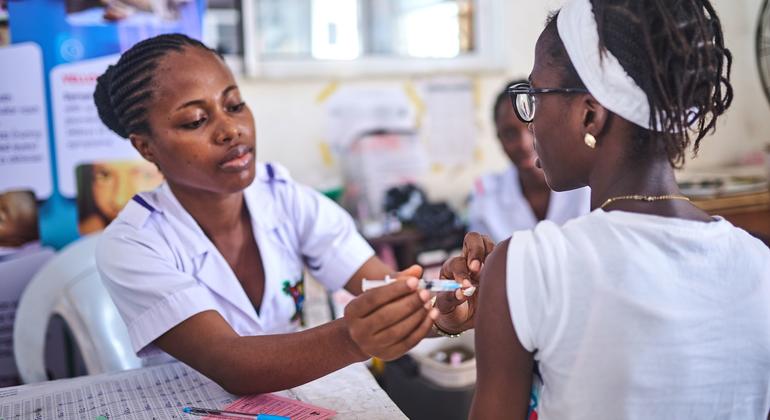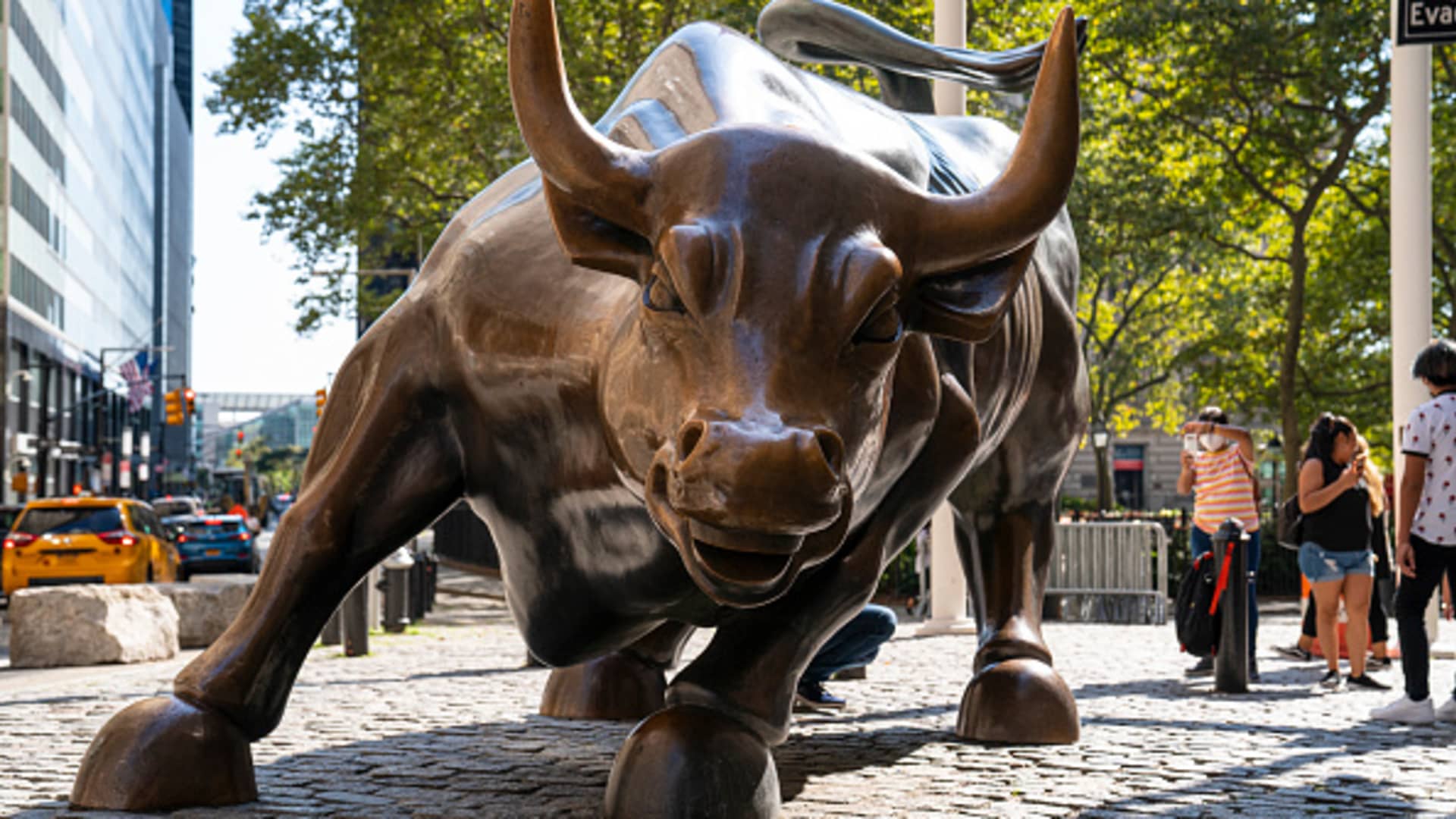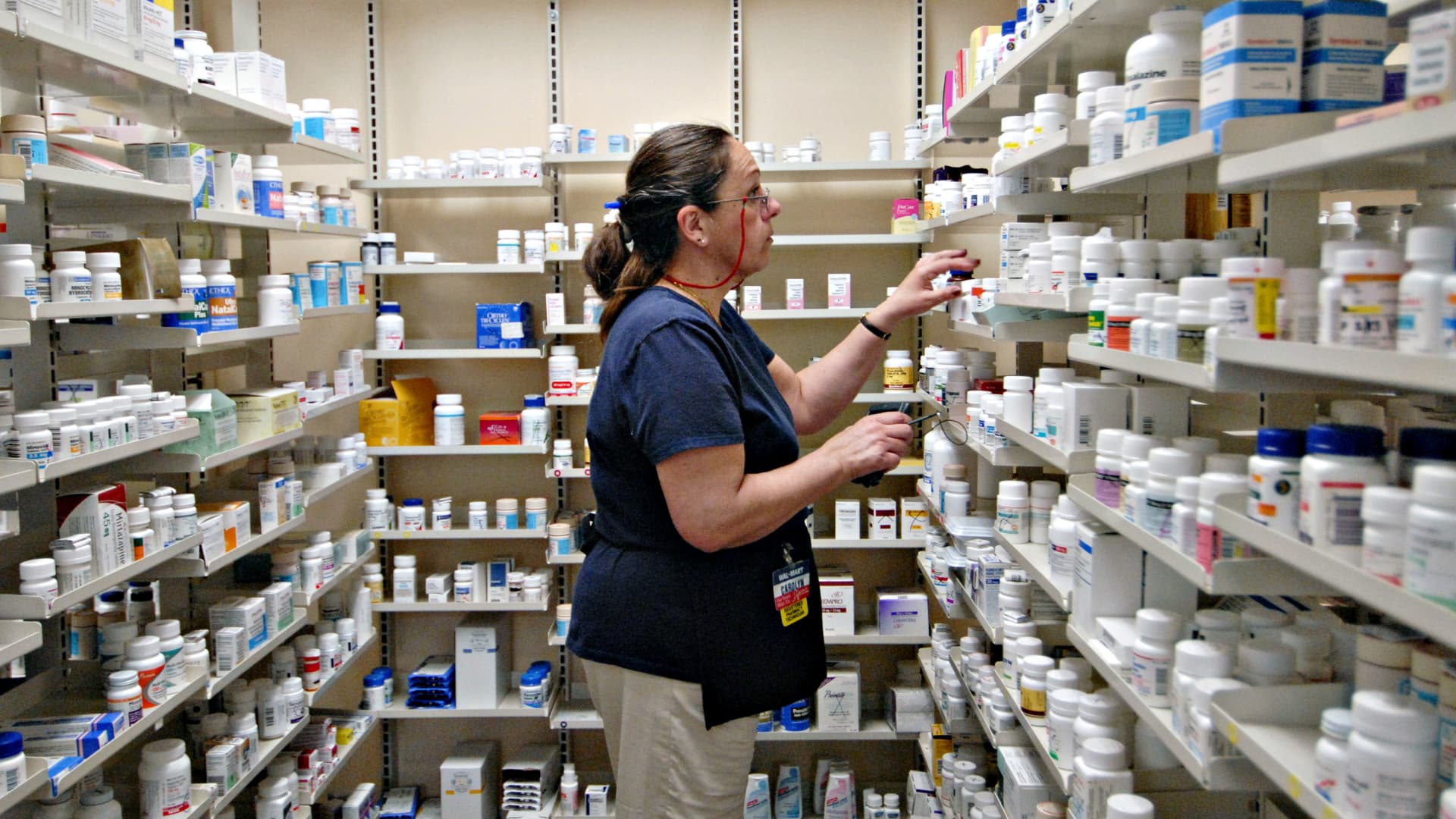Eli Lilly appears to be making as many of its popular obesity and diabetes drugs as possible, but shortages are worsening, putting the company's profits at risk, analysts say. Tirzepatide is the active ingredient in both Eli Lilly's diabetes treatment Mounjaro and its anti-obesity drug Zepbound. The Food and Drug Administration recently reported that supplies of both brands are expected to be limited during the second quarter, for all but one dose: the introductory 2.5 milligram level. (To minimize side effects, patients gradually increase the dose they use of the medication.) Deutsche Bank analyst James Shin said IMS/IQVIA script data suggests Lilly's first-quarter revenue will miss Wall Street's consensus estimate of $8.9 billion by about $445. million. By that estimate, earnings will be lower by about 13 cents per share, he said in research published last Tuesday. According to a survey by LSEG, analysts expect Lilly to earn $2.46 per share on revenue of $8.92 billion when it releases results Tuesday before the market opens. Shin's estimate calls for Lilly to earn $2.43 per share, slightly below the consensus, which has been trending lower at press time. “While a miss could be on the cards for 1Q24, we don't think a miss will result in LLY reducing its FY24 guidance,” Shin said. “Strong demand for Mounjaro & Zepbound can easily come through in 2H24 and offset any 1H24 shortfalls.” But investors will want to know more details about how quickly Lilly can ramp up manufacturing of the drugs and how much that effort will cost. In a research note on Thursday, Leerink analyst David Risinger said the current shortage is hampering drug performance. According to IQVIA, during the week ending April 19, combined Mounjaro and Zepbound prescriptions increased 63% year over year. However, the drugs saw 91% growth in the consecutive four-week period, he said. Zepbound has been on the market since December. Digging into the details At the same time, total prescriptions for Trulicity, an older-generation drug that uses glucagon-like peptide-1, or GLP-1, agonists, are also declining. That will hurt the performance of Lilly's incretin portfolio as a whole, analysts said. Wells Fargo Mohit Bansal said he expects investors to overlook any Trulicity shortfalls as the focus is firmly on Zepbound and Mounjaro for Lilly's future growth. Shin also noted that there will be some disarray in first-quarter trends because some of the fourth-quarter sales were from pharmacies looking to build up inventory in the wake of Zepbound's approval. Analysts will also be interested in how quickly insurers are adding Zepbound to their list of covered drugs and how that is affecting the prices obtained for the drugs. “We see growing acceptance of Zepbound as a number of plans make hedging decisions,” UBS analyst Jo Walton wrote in a research note dated April 18. Plans that cover about 45% of U.S. lives have yet to make a decision, as of mid-April, according to Walton, who noted that patients appear to be accessing Zepbound at a faster rate than Wegovy in a similar period of time. According to Bansal, prices could offer some room for improvement, but supply dynamics remain key. “We do not expect a significant upward revision to forecasts this quarter,” she said. Beyond Obesity As for Lilly's attempts to expand the labeling of its anti-incretin drugs to other indications, there may not be any further news until June. Earlier this month, the company revealed some early findings from its Surmount study for obstructive sleep apnea that were very positive and helped the stock rally. The LLY YTD mountain that Eli Lilly shares from the year to date. More details about that study are expected to be released in June. Research is ongoing into whether tirzepatide has cardiovascular benefits and more details are also expected by the end of the second quarter. Lilly shares are up more than 25% so far this year. Analysts remain largely positive on the stock, with an average price target of $826.94, or about 12% upside, according to LSEG. Deutsche Bank's Shin said any stock weakness around earnings will likely be seen as a “buying opportunity” as investors look to participate in the growth story of this new class of drugs, which is expected which will have a maximum sales potential of more than 100 billion dollars by next year. end of the decade. Outside of the diabetes and obesity space, it will be worth hearing more updates on Lilly's Alzheimer's treatment with donanemab, which is another key catalyst for action. In March, the FDA delayed a decision on the closely watched monoclonal antibody treatment. The surprising move delayed the timeline for the drug's approval. —CNBC's Michael Bloom contributed to this report.

